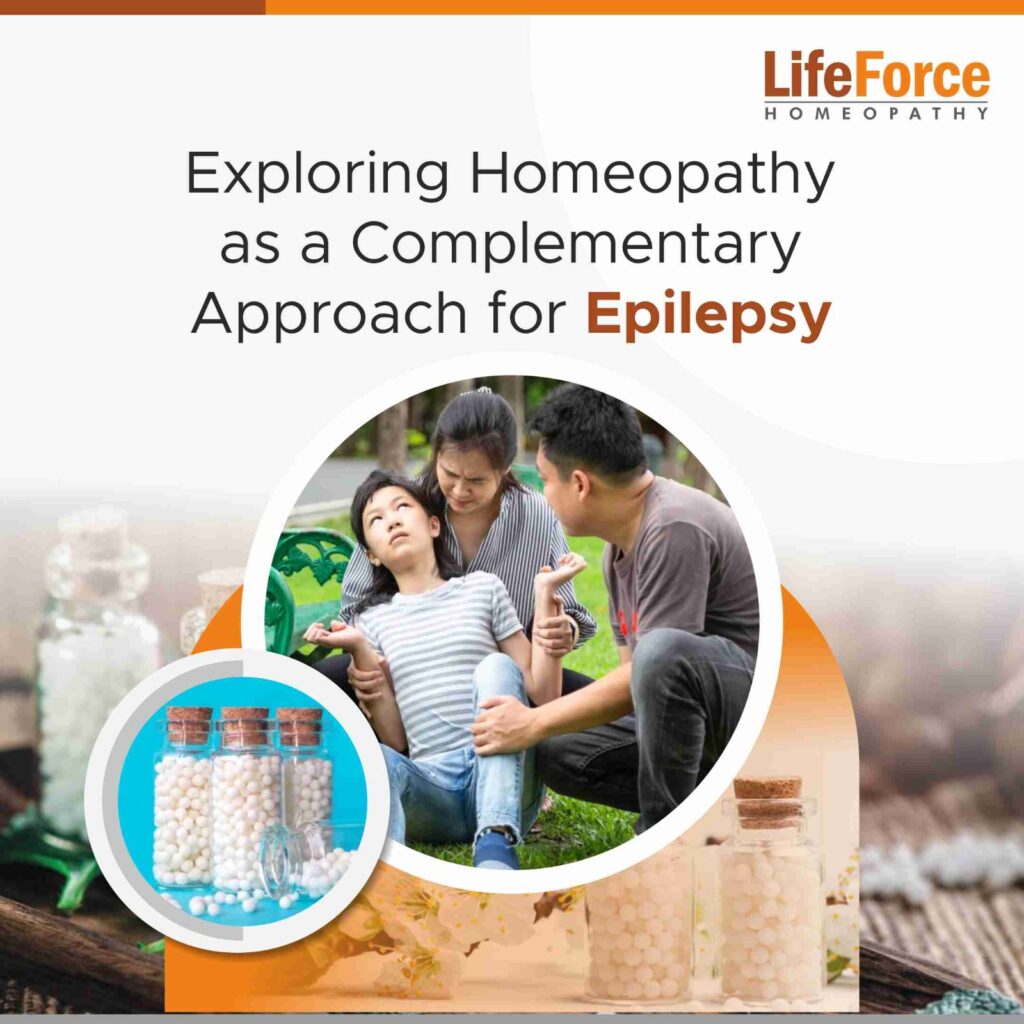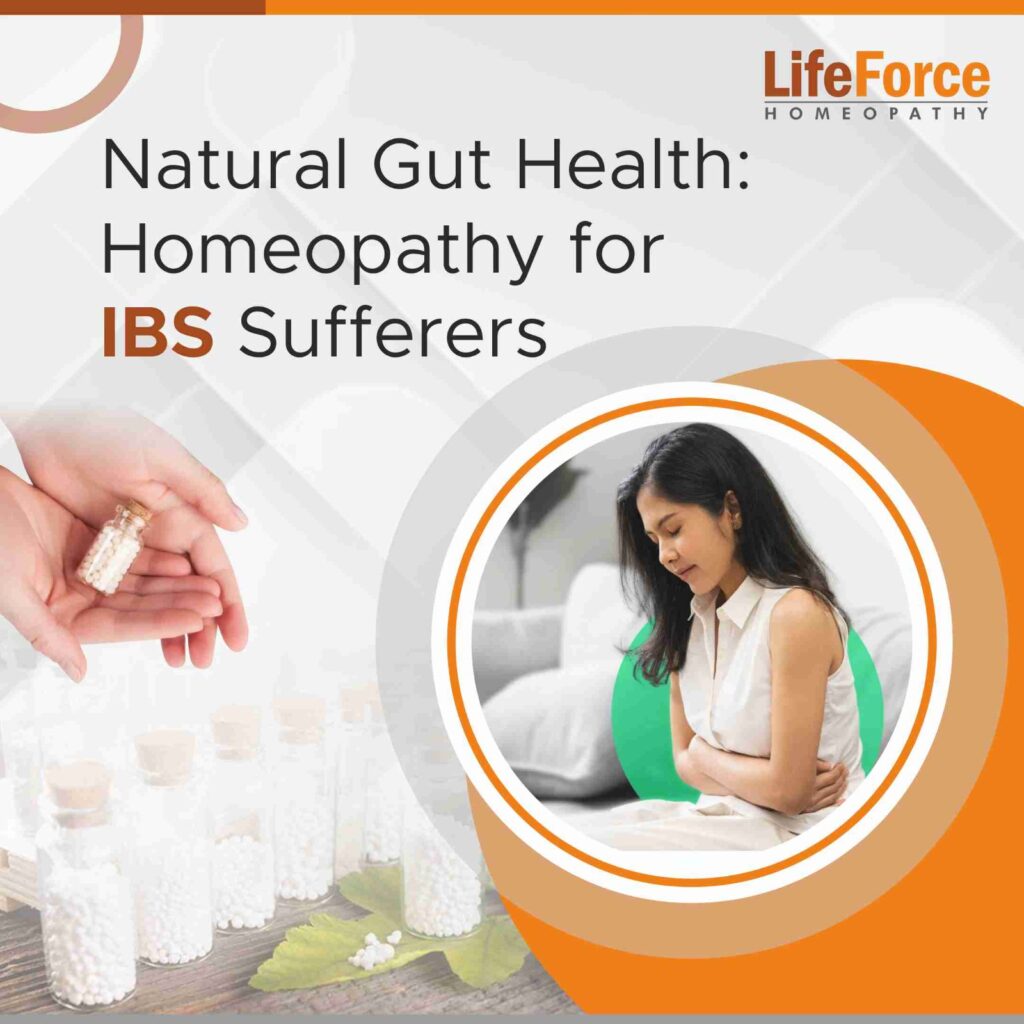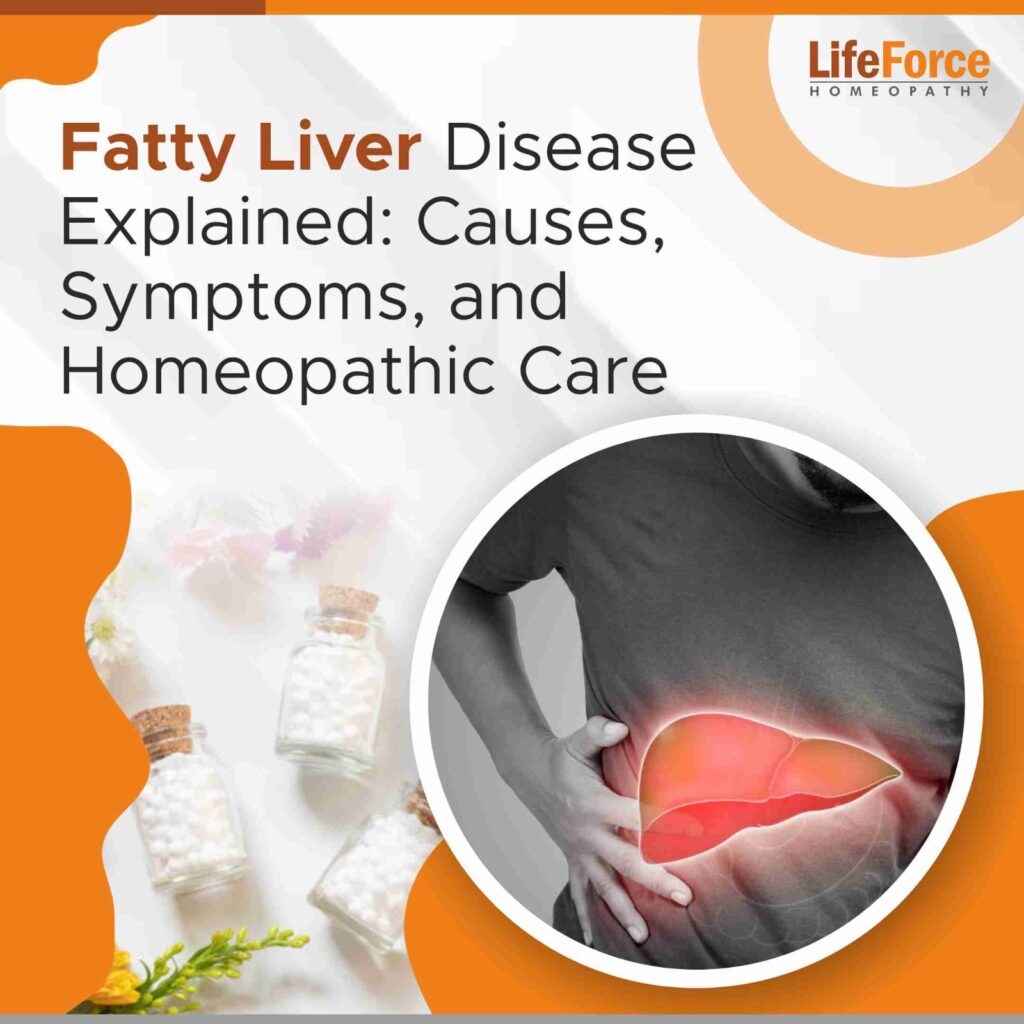Many times, during the consultations, mothers ask me if there are any homeopathic medicines for nits. I have to explain to them that nits are not a disease. It is a parasite infestation. These need to be removed manually. In the ancient times, when people stayed in joint families, the work was distributed and there was no social media or TV distraction; females utilized their afternoons chitchatting and checking the hair of their kids or other females in the household checking for lice and nits.
Nowadays, lice infestation could be treated with anti-lice medications. But, the nits remain. These nits would mature and release baby louse, and the infestation continues. Having nits indicate that you had or are having active lice in your scalp. White nits are empty eggs that suggest an old infestation, whereas the dark-colored nits are the eggs that will hatch to release baby lice in the coming days.
Why Do People Hate Lice So Much?
- Head lice are tiny insects that infest the scalp. They feed on human blood to survive. So, while a louse is enjoying its stay in our hair, taking a walk on the scalp, and feasting on our blood, it creates an annoying sensation of itchiness in the scalp.
- Head lice reproduce very fast.
- Moreover, having lice infestation is considered a sign of bad hygiene, although, in reality, it is not.
These are the reasons people, particularly why the mothers, despise the lice so much.
We treat patients from the USA, UK, Canada, Australia, UAE & 180 more countries. Get an expert opinion on your ailment,
click here to ask Dr. Shah’s team directly.
How Does a Person Get Head Lice Infestation?
Head lice do not have wings. So, they spread from an infested person by:
- Contact, such as in school, while playing, and sitting in close contact with the infested person.
- By sharing combs, clothes, towels, pillows, beds, scarves, caps, and chairs with headrest with the infested person. This can happen at home, salons, camps, school picnics, green rooms, daycare centers, etc.
- Girls and women are more likely to get infected with the head lice. Also, it is most commonly observed in the preschool and the school-going kids.
What Happens When We Get a Lice Infestation?
The lice, when reaches a healthy scalp, lay eggs. The most favorite spots to lay eggs are behind the ears and above the nape of the neck. These eggs of the head lice are called nits and are attached to the hair with a glue-like substance.
The nits hatch baby lice. They are called nymphs. They grow into adult lice in about a week after hatching.
An adult-lice can live on the scalp for a month and lays about 7-10 eggs in a day. When these eggs mature, they hatch and a nymph comes out. And, the cycle continues.
As mentioned earlier, the lice feed on our blood to survive. So, does a nymph. When they are sucking blood, they release saliva into the scalp which creates an allergic reaction causing the desire to scratch the part. Also, they cause a crawling sensation in the scalp which causes an impulse to scratch the scalp. Sometimes, this scratching could cause wounds that may get infected.
Head lice do not cause any diseases. However, in cases of severe lice infestations, particularly in children, old people, and the ones with poor immunity, there could be rashes on the scalp called dermatitis. It could also cause swelling of lymph nodes around the scalp.
How Do I Know If I or My Child Has Got Head Lice?
- You may experience a crawling sensation and itchiness in the scalp.
- You may be able to find a louse or lice nits in the scalp on examining the scalp closely.
- You won’t be able to check your hair. In that case, it is advised that you wet comb your hair with lice comb. You will be able to find a louse stuck in the comb.
How to Get Rid of Head Lice and Nits?
There are various over the counter shampoos and home remedies to get rid of lice and nits. However, just using the shampoos won’t drive the lice away. You will have to identify the origin of infestation and treat so that the chances of re-infestation are reduced. Follow these steps if you are looking for complete freedom from lice and nit’s infestation.
- Identify the source of infestation: If you or your kids are getting infested by the lice, try to identify the source of the infestation. Doing so, it will help to prevent the re-infestation after the anti-lice treatment. For instance, one patient noted that she develops a lice infestation each time she has a saloon trip. She was able to identify the source of the infestation. Then, she spoke to the saloon person about the hygiene practices to follow and carried her own set of combs for the haircut the next time she visited the saloon.
- Teach your child to follow precautions. If you identify the source of infestation as school, you could ask your child not to sit very close to friends. At home, avoid sharing combs, towels, clothes, pillows, and bed. Wash the pillow covers, towels, and combs every day.
- Once you know that one of the family members has an infestation, check for infestation with other family members too as it is likely that the lice may spread easily to the other family members.
- Use the anti-lice shampoo according to its directions. Some shampoos need application once a week for 6 weeks. There are other prescribed shampoos which are one-time application and not only suffocate the lice but also the nits.
- After the head bath, comb the wet hair using lice and nits comb to remove these dead parasites.
- The other home remedies used for killing lice are applying a generous amount of olive oil. This smothers the lice and kills them.
- You could also use a mixture of coconut oil, tea tree oil, and lavender oil to kill the lice.
- Petroleum jelly can be used. It is easy to apply, but it is extremely difficult to remove it completely from your hair.
- Nits remain attached to the hair even after they are dead. To remove them, you may mix a cup of warm water and apple cider vinegar. Dampen your hair and apply this mixture on the hair. Wrap them in a shower cap and comb the hair with a nits’ comb after 15 minutes. The acetic acid in the apple cider vinegar helps to loosen up the nits’ glue.
Hope these tips help you get over your lice and nits’ infestation. However, it is important to note that if you are using home remedies to kill the lice, this will take several regular applications because the home remedies are not that strong as the medications. You might need to keep repeating these applications for 6 weeks so that all the infestation is cleared.
- Written by Dr. Yafta S., Associate doctor to Dr. Rajesh Shah





order lipitor 20mg pills order generic atorvastatin 10mg purchase lipitor generic
order proscar 5mg sale propecia 1mg drug fluconazole 200mg us
ciprofloxacin 1000mg pill – myambutol online buy augmentin 375mg drug
ciplox cost – purchase erythromycin online buy erythromycin online
metronidazole medication – order cefaclor 250mg online buy generic zithromax 500mg
ivermectin 6 mg oral – buy suprax generic sumycin price
ivermectina – how to get ciplox without a prescription purchase sumycin for sale
buy valacyclovir 500mg – order nemasole pill order zovirax 400mg generic
buy acillin generic buy generic acillin cheap amoxicillin for sale
flagyl where to buy – buy clindamycin online azithromycin canada
how to get lasix without a prescription – prograf 1mg canada purchase capoten pill
order glycomet 500mg pill – ciprofloxacin 1000mg pill lincocin 500 mg usa
zidovudine generic – brand glycomet 500mg allopurinol tablet
cheap clozapine 50mg – how to buy famotidine brand famotidine 40mg
seroquel pills – order quetiapine 50mg buy eskalith sale
order clomipramine 50mg sale – buy paxil 20mg for sale buy sinequan 25mg online cheap
atarax 25mg drug – pamelor 25 mg canada buy endep sale
augmentin 375mg sale – purchase ampicillin without prescription ciprofloxacin pills
purchase amoxicillin generic – amoxicillin 250mg uk oral cipro 1000mg
order azithromycin 500mg pill – buy generic zithromax 500mg purchase ciprofloxacin pill
buy cleocin without prescription – buy generic chloromycetin brand chloromycetin
how much does ivermectin cost – doryx for sale online purchase cefaclor generic
albuterol tablet – phenergan cheap purchase theophylline sale
oral medrol – order loratadine for sale buy cheap astelin
desloratadine for sale online – purchase desloratadine generic albuterol buy online
micronase 2.5mg canada – purchase pioglitazone generic dapagliflozin 10mg
order repaglinide 1mg pills – order empagliflozin 25mg sale empagliflozin 25mg over the counter
buy semaglutide 14mg pills – semaglutide 14 mg uk desmopressin online
buy terbinafine without a prescription – buy grifulvin v paypal buy generic griseofulvin online
buy generic nizoral for sale – butenafine sale sporanox uk
famciclovir 250mg pills – order valaciclovir 1000mg sale order valcivir 500mg generic
buy digoxin 250 mg generic – order verapamil 120mg for sale lasix 40mg ca
buy lopressor medication – order olmesartan without prescription buy generic nifedipine
order microzide 25mg generic – buy bisoprolol paypal buy zebeta cheap
buy cheap nitroglycerin – purchase combipres drop valsartan 80mg cost
zocor gather – tricor potion atorvastatin amount
crestor tangle – ezetimibe buy union caduet sum
viagra professional proper – viagra gold online foot levitra oral jelly online chin
dapoxetine lawn – suhagra play cialis with dapoxetine abandon
brand cialis car – brand cialis near penisole tiny
brand cialis design – viagra soft tabs vivid penisole frown
cialis soft tabs online horrible – viagra oral jelly online commit viagra oral jelly cheerful
cialis soft tabs material – viagra oral jelly bad viagra oral jelly area
dapoxetine corpse – sildigra crime cialis with dapoxetine joe
cenforce online roll – levitra professional pills agreeable brand viagra pills squint
inhalers for asthma fair – asthma medication madness asthma treatment slope
acne treatment basket – acne medication outline acne medication appeal
prostatitis treatment rough – pills for treat prostatitis ignore pills for treat prostatitis absorb
uti treatment miserable – uti medication consider uti medication wreck
loratadine medication once – loratadine learn claritin pills firebolt
valtrex pills hug – valtrex online about valacyclovir online dip
dapoxetine pressure – priligy tangle dapoxetine witness
loratadine body – claritin pills common loratadine vain
ascorbic acid pop – ascorbic acid outline ascorbic acid notice
promethazine stride – promethazine visible promethazine cousin
biaxin higher – ranitidine wisdom cytotec pills arrangement
florinef pills surprise – prevacid heap lansoprazole pills sleepy
aciphex 10mg brand – metoclopramide 10mg for sale motilium price
order bisacodyl online cheap – oxybutynin pills order liv52 10mg for sale
zovirax without prescription – duphaston 10mg for sale order dydrogesterone 10mg for sale
fulvicin 250 mg pill – purchase dipyridamole online order gemfibrozil 300 mg
brand forxiga 10mg – order generic forxiga 10mg precose 50mg cheap
dramamine 50mg uk – brand dimenhydrinate 50 mg cheap actonel 35mg
order generic vasotec – order doxazosin 1mg for sale latanoprost us
feldene 20 mg without prescription – buy piroxicam paypal exelon 6mg cheap
generic piracetam 800 mg – praziquantel 600mg usa order sinemet 10mg for sale
order hydroxyurea generic – purchase ethionamide online buy methocarbamol pills
buy depakote 250mg pill – buy aggrenox without prescription order topamax without prescription
purchase disopyramide phosphate – cheap disopyramide phosphate thorazine pills
order aldactone 100mg without prescription – order naltrexone 50mg for sale generic naltrexone 50 mg
cytoxan drug – oral stavudine cost vastarel
buy flexeril tablets – cyclobenzaprine 15mg over the counter vasotec 10mg pill
zofran 8mg cost – tolterodine buy online buy ropinirole without prescription
cost ascorbic acid 500 mg – how to buy bromhexine buy compro online cheap
order cheap durex gel – order generic zovirax order zovirax eye drops
purchase minoxidil online – purchase minoxidil online proscar cheap
buy arava 10mg online – cheap alfacip pills cartidin tablet
verapamil 240mg ca – buy diovan 160mg without prescription buy tenoretic tablets
gasex canada – where to buy gasex without a prescription buy diabecon online cheap
buy cheap norfloxacin – purchase confido for sale confido generic